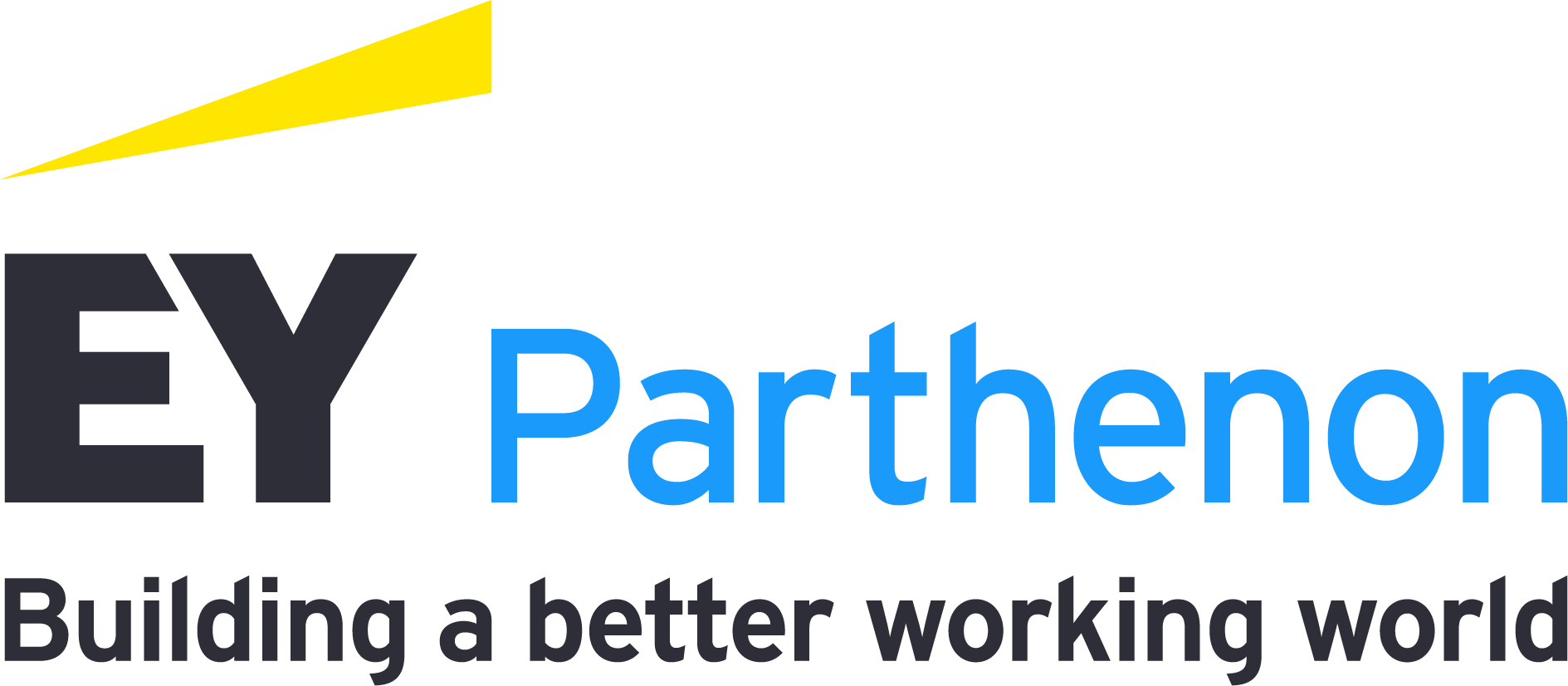On the other hand, roles that require a high degree of human interaction, empathy, creativity and judgment are less likely to be impacted by GenAI at first. Tasks that involve management oversight, strategic decision-making, interpersonal care, emotional perception and relationship building remain predominantly human-driven. For instance, in education, while GenAI can assist in creating and organizing teaching materials, the “personal touch” of teachers remains irreplaceable. Teachers and instructors tailor their teaching to individual student styles and needs, drive classroom engagement and provide the emotional and empathetic support that GenAI is less adapted to do. Similarly, functions in health care could benefit from the augmentation of GenAI, which can handle administrative or analytical tasks, allowing professionals more time and energy to focus on the high-value, human-centric aspects of their work.
Most and least exposed occupations
The breakdown across sectors shows that major industries with limited differences in AI augmentation scores can still display a wide range in the augmentation scores across sub-occupations. This is more evident when looking at the top and bottom 10 occupations among the more detailed categorization of 94 minor occupation groups (Chart 5 and Chart 6).
Looking at the top 10 occupations with the highest AI augmentation scores, professions like plant and system operators, physical scientists, agricultural workers, drafters, programmers, engineers, and architects involve a high degree of repetitive and data-driven tasks that AI can automate. These include data analysis and monitoring, operations scheduling, document review, design work, and safety inspection processes.
Although these occupations are significantly exposed to AI, total automation is unlikely as workers remain indispensable for overseeing processes, strategic decision-making and tasks requiring nuanced judgment. Indeed, the wide dispersion of AI augmentation scores for the top 10 of the 94 minor occupations group illustrates the importance of human intervention.












